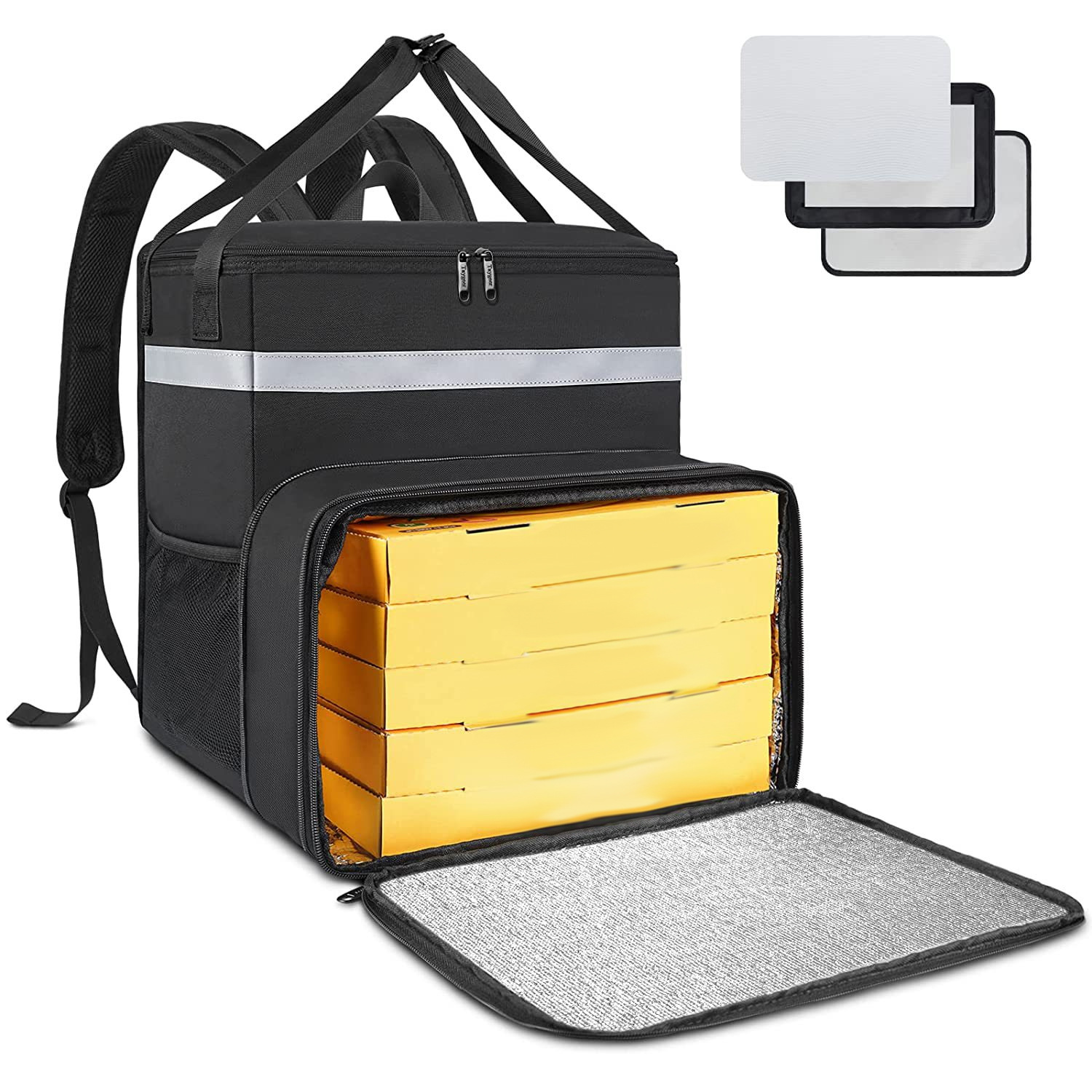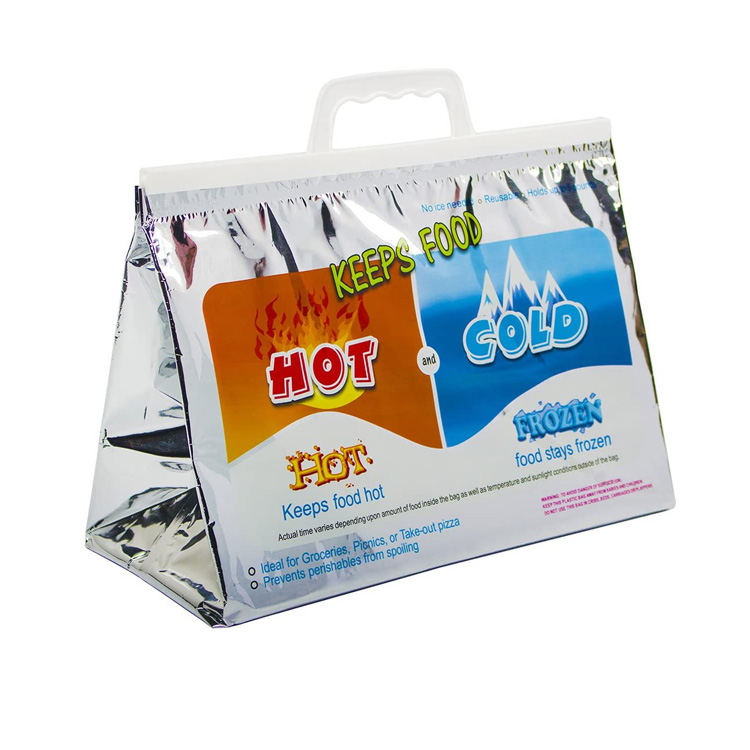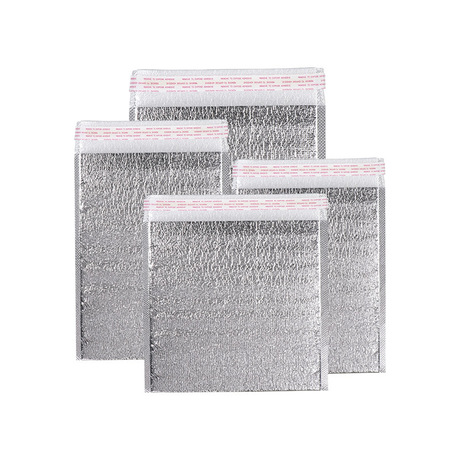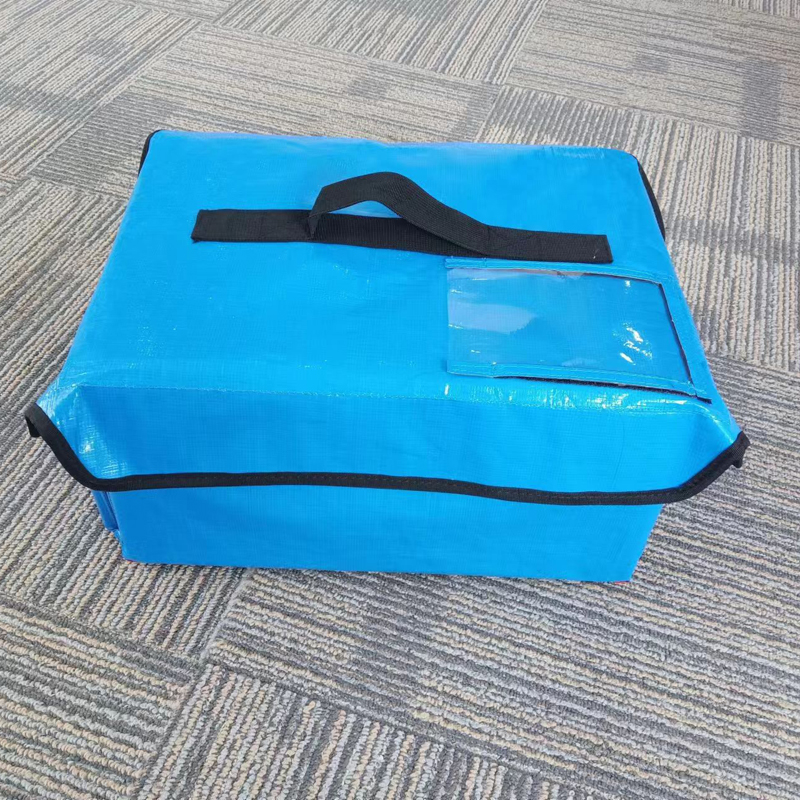Key Concepts of Thermal Mapping:
- Thermal Mapping: The process of recording and visualizing the temperature distribution on an object’s surface using infrared imaging and other temperature detection techniques.
- Thermogram: The visual result of thermal mapping, showing the spatial temperature distribution.
- Infrared Imaging Technology: The use of infrared cameras to capture infrared radiation emitted by objects and generate thermal images.
- Temperature Distribution: The variation of temperature across different locations on an object.
Importance:
- Identify Thermal Problems: Detect and locate potential overheating issues in equipment and piping.
- Energy Efficiency: Optimize energy consumption in buildings and equipment by analyzing areas of heat loss.
- Preventive Maintenance: Prevent equipment failures due to overheating and extend the lifespan of machinery.
- Safety Assurance: Detect high-temperature areas to prevent potential fire hazards.
Applications of Thermal Mapping
- Building Inspection: Assess the thermal insulation performance and identify heat loss areas in buildings.
- Industrial Process Monitoring: Monitor temperature distribution on production lines to ensure stable processes.
- Electronic Equipment Inspection: Detect overheating in circuit boards and electronic devices.
- Mechanical Equipment Diagnosis: Identify overheating and wear issues in mechanical parts.
- Electrical System Inspection: Detect overheating in power systems to prevent electrical fires.
Thermal Mapping Process
Persiapan:
- Select appropriate infrared imaging equipment.
- Identify the target object and the measurement area.
Data Acquisition:
- Perform infrared imaging of the target object and record temperature data.
- Capture comprehensive temperature distribution images through multi-angle and multi-position imaging.
Data Processing:
- Use specialized software to process thermal images.
- Analyze temperature distribution to generate a heat map.
Data Analysis:
- Identify areas with abnormal temperatures.
- Assess temperature data to pinpoint potential issues.
Report Generation:
- Compile analysis results and generate a detailed heat map report.
Key Components and Significance of the Heat Map Report
- Cover Page: Includes project name, inspection date, and the person responsible.
- Ringkasan: Provides a concise overview of key findings.
- Methods: Describes the techniques, equipment, and measurement methods used in thermal mapping.
- Results: Presents thermal images and temperature data, highlighting any anomalies.
- Analysis: Details the findings and explains potential risks and issues.
- Kesimpulan: Summarizes key findings and offers recommendations for action.
- Appendix: Contains detailed temperature measurement data and references.
Significance:
- Comprehensive Analysis: Provides thorough diagnostic data.
- Transparency: Allows professionals and clients to clearly understand identified thermal issues.
- Actionable Insights: Helps in developing effective maintenance and improvement plans.
Benefits of Thermal Mapping
- Improved Energy Efficiency: Identify and repair heat loss areas to reduce energy waste.
- Extended Equipment Lifespan: Prevent overheating, reducing failure rates and maintenance costs.
- Enhanced Safety: Detect potential heat risks early to prevent fires or equipment damage.
- Optimized Production: Ensure process equipment operates at optimal temperatures, improving production efficiency.
- Reduced Operating Costs: Lower energy and repair costs through proactive maintenance and improvements.
Thermal mapping is a crucial detection and analysis tool that helps identify and resolve various heat-related issues in advance, optimizing system performance and safety.
Thermal Imaging Case Studies
- Data Center Thermal Management
- Case Study: A large data center used thermal mapping for temperature monitoring and management. By identifying hotspots and adjusting cooling systems promptly, they prevented server shutdowns and data loss, ensuring efficient operation.
- Agricultural Greenhouse Management
- Case Study: An agricultural company used thermal mapping to monitor the greenhouse environment. After identifying a fault in the heating system, they repaired it in time, preventing crop damage from freezing.
- Building Energy-Saving Renovation
- Case Study: Architects used thermal mapping to identify energy leak points in a historic building. Based on the data, they developed a renovation plan that improved the building’s energy efficiency and reduced costs.
- Industrial Equipment Monitoring
- Case Study: A manufacturing company applied thermal mapping to monitor production equipment. After detecting abnormal bearing temperatures, they conducted maintenance, preventing a major failure and production halt.
- Environmental Monitoring
- Case Study: An environmental organization used thermal mapping to study the urban heat island effect. The data helped them recommend increased green spaces and optimized urban planning to mitigate heat effects.
- Medical Diagnosis
- Case Study: In a medical institution, thermal mapping assisted in diagnosing skin diseases. By identifying abnormal temperature areas, doctors diagnosed and treated conditions like infectious arthritis promptly.
Thermal mapping is a powerful tool across various fields, providing essential insights for improving efficiency, keamanan, and performance.


























